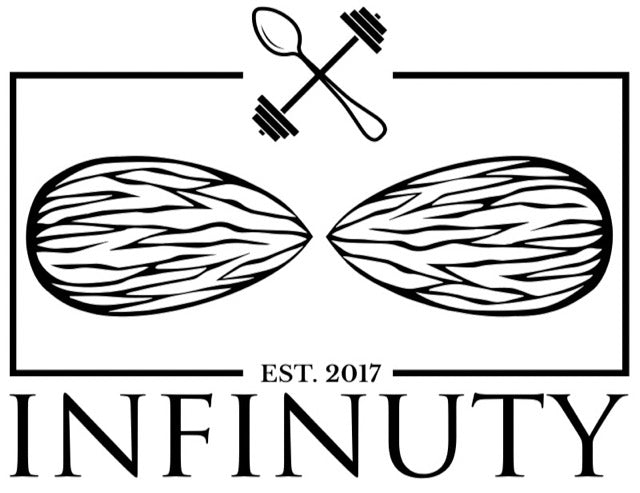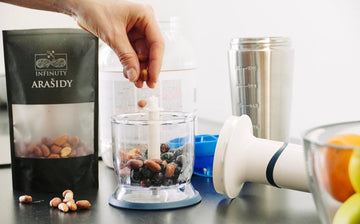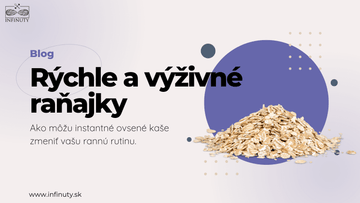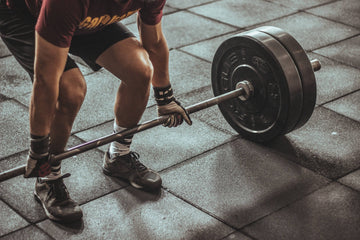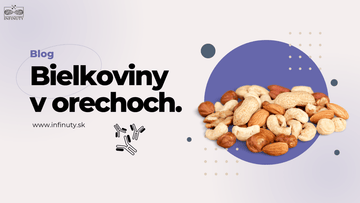It doesn't matter whether it's a professional athlete who needs to perform at peak performance, or just a recreational enthusiast, or someone who only does sports sporadically, they all have one thing in common - their body needs enough energy to perform the sport itself.
To replenish energy before and after sports, a high-quality and balanced diet is necessary. Of course, there is a big difference in the diet and nutrition of a marathon runner compared to the diet needed by a top weightlifter. Each of them has different goals, different body structure, different "consumption" and needs to deliver a completely different type of performance, which is why their diet is set up differently.
First of all, we would like to reiterate that any sport requires a high-quality, balanced and varied diet. No food will provide you with endless energy, no miracle powder or drink will guarantee that you will lose weight, and each food on its own, logically, cannot provide a balanced diet, which is why it is necessary to create your meals comprehensively. However, in this article we will focus on nuts, or rather the fats they contain.
Sixpack made of fat?
Sounds strange, right? How is it possible to have a toned body or even lose weight by eating fats?
After all, we were taught in school that fats are bad, that they make you gain weight, increase cholesterol, or other catastrophic scenarios. However, they forgot to tell us that there are not all fats. You can find plenty of articles on the Internet about the types and distribution of fats, and we have even written more than one blog about it, so we will not go into unnecessary detail and will describe it briefly.
There are so-called "bad" fats and "good" fats.
" BAD" FATS (saturated fatty acids) can be divided into two categories:
- The first category of saturated fatty acids includes fats mostly of animal origin, such as eggs, meat, lard, or dairy products. However, from our point of view, this classification is not entirely correct and we are of the opinion that, for example, eggs, high-quality whole milk, domestically raised meat, or honest lard are excellent sources of fat that can be used for the functioning of the body. However, one should be very careful about the quality and especially the quantity of fats from this category consumed.
- The second category is much worse. These are foods that contain so-called trans-fatty acids. These include, for example, smoked products, sausages, salami, potato chips, low-quality sweets, spray whipped cream, various hardened fats, and the like. We recommend avoiding these foods at all costs, and it is really difficult to find anything positive in them that would benefit our bodies in the long term.
“GOOD” FATS (unsaturated fatty acids):
A large number of plant-based foods fall into the category of good fats. They are characterized primarily by their high content of omega-3 and omega-6 fatty acids. These include avocado, olive, flax or coconut oil, various seeds (chia, pumpkin, flax, etc.), soy and, last but not least, nuts.
However, to make it not too easy, it is also necessary to monitor the "good" fats. And the content of the aforementioned omega-3 and omega-6 fatty acids must be monitored above all. Currently, the proportion of omega-6 fatty acids in the diet significantly exceeds that of omega-3 (the global average is approximately 20:1).
Omega-6 fatty acids are considered “pro-inflammatory” and should be consumed in moderation. Omega-3 fatty acids, on the other hand, are anti-inflammatory, and should be consumed in moderation to reduce the overall ratio of omega-6 to omega-3. For comparison, the ratio was roughly 2:1 in prehistoric times, compared to the current average of 20:1.
Simply put, consuming healthy fats containing omega-6 is good, but it needs to be balanced with sufficient intake of omega-3 fatty acids. The best sources are still considered to be fish and fish oil, or the aforementioned flax and chia seeds, but also walnuts.
But let's now return to the question of how it is possible to have bricks on the stomach from fat? Relatively simple. You have to teach the body. The body is a miraculous tool and can learn. We are now writing from our own experience, which we have gained over several years, during which we have devoted ourselves to diet and various sports.
Ketosis
As we mentioned earlier, the body needs fats to get the energy it needs for both the brain and the body. So try to start your day with a full breakfast that contains a sufficient amount of healthy fats and after a few days you will feel that you have much more energy throughout the day. Replace Christmas cake, bread with jam and sweet cereals with eggs, occasionally supplementing them with a piece of quality bacon, nuts, vegetables and berries, or oatmeal, which has a high proportion of slowly digestible carbohydrates.
Also, try to eat more fat an hour or two before training or physical activity (which is, of course, essential if you want to see results). For some people, this may be difficult at first, because they will feel like they are exercising more. But after a few days, the body will get used to it and things will start to happen.
At this point, you will teach your body to always get enough fat before physical activity, and over time, it will learn to get energy from fat. This, logically, means that it will consume fat because it will feel like it has enough. If you teach your body this, then during every exercise, running, cycling or other physical activity, it will start to burn fat as a priority and enter “ketosis”, meaning it will start to burn fat stores instead of carbohydrates.
And if you combine this "secret" with regular physical activity, you'll still be in shape for life by summer, regardless of your age :)
The conclusion is that nuts, along with other foods high in healthy fats, can rapidly improve your physical performance and, last but not least, help with your diet and shaping your figure. But don't forget, you need to move!
